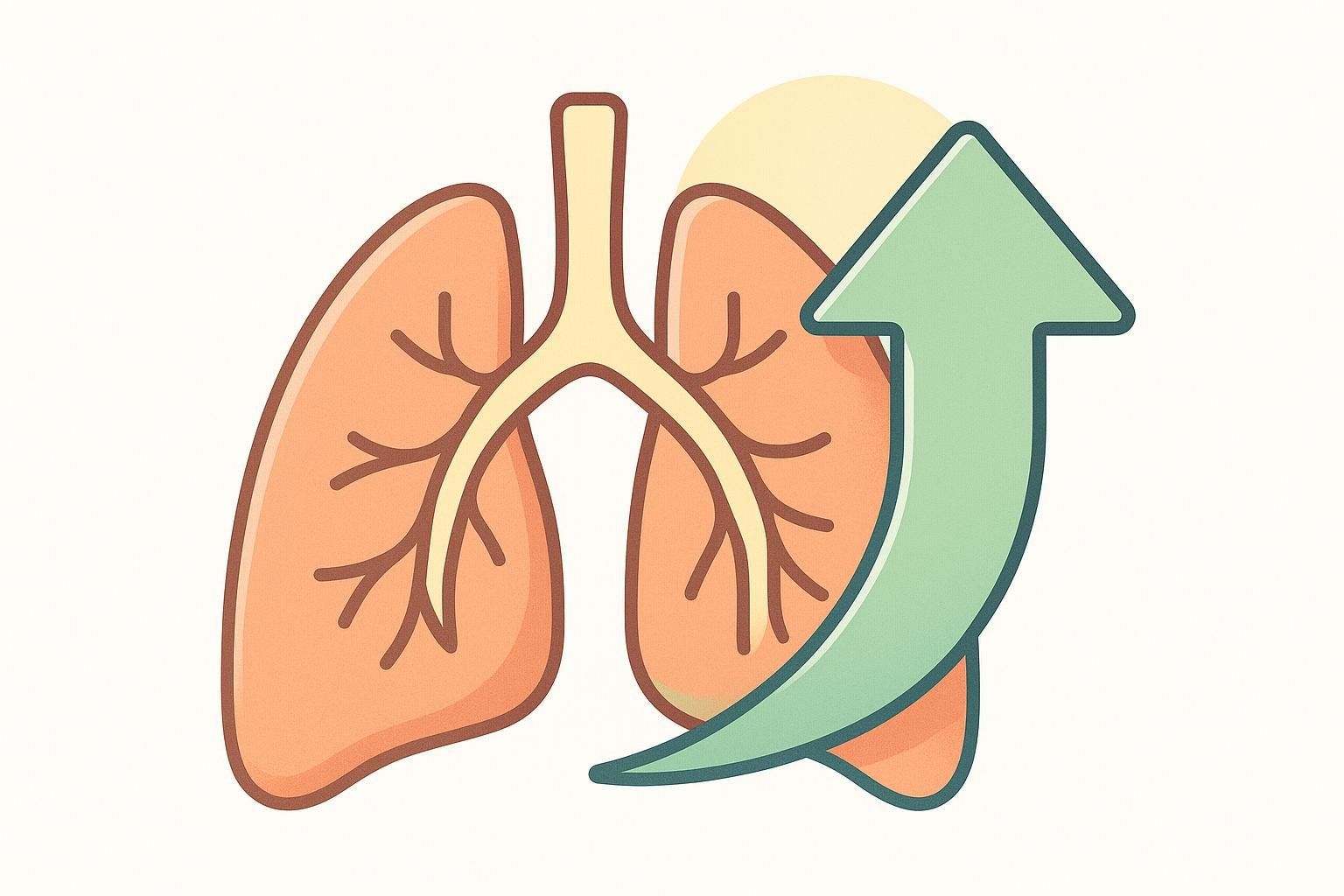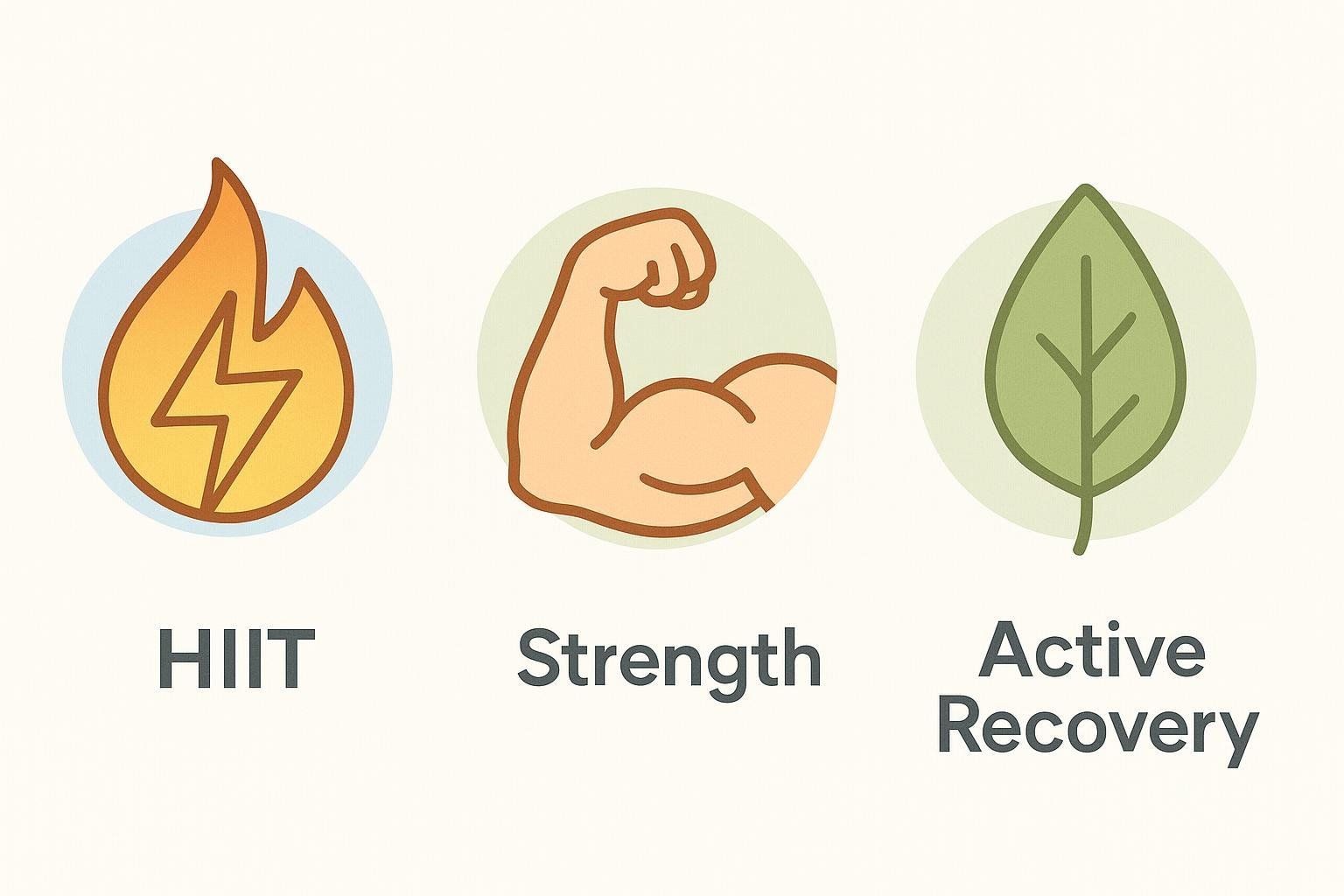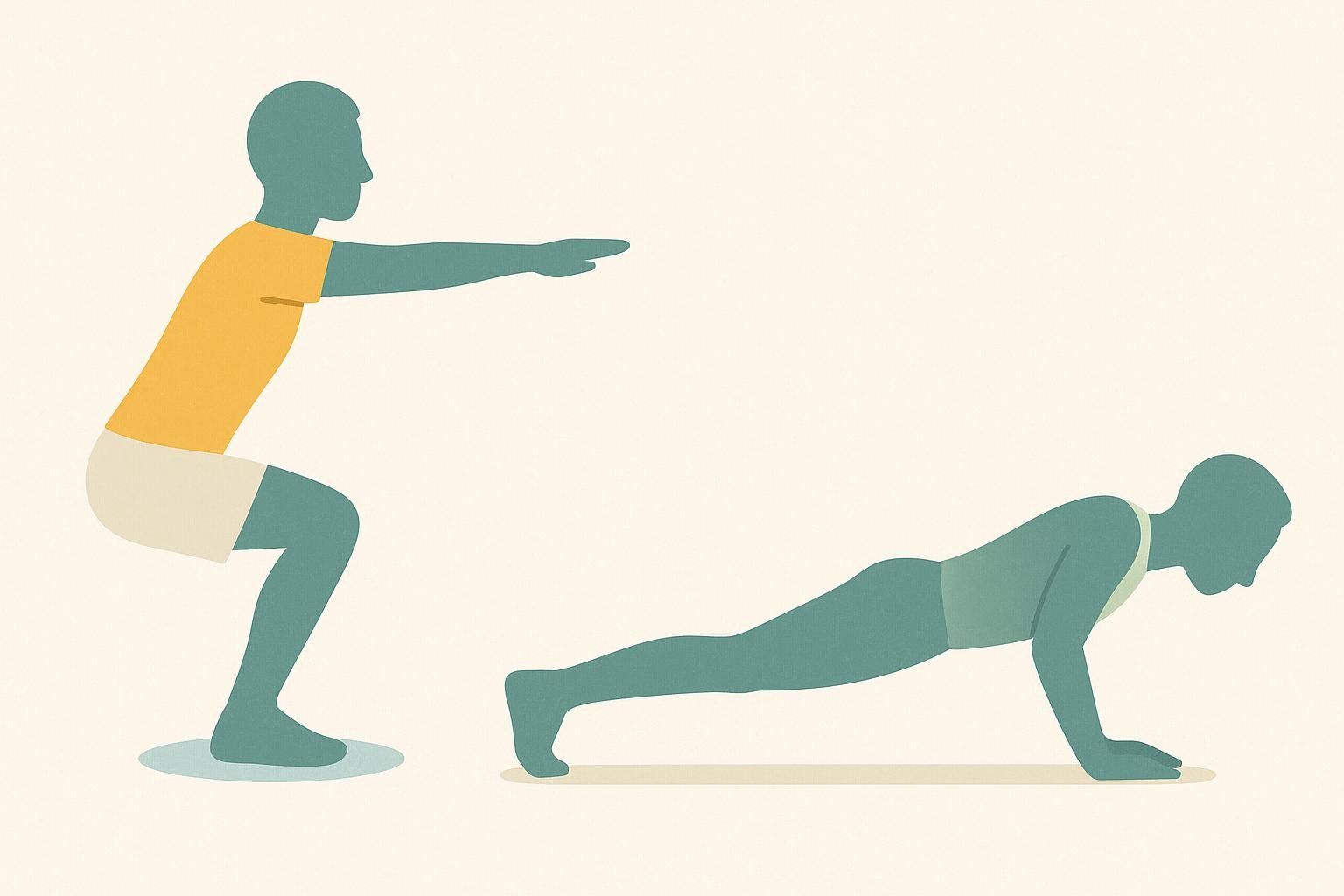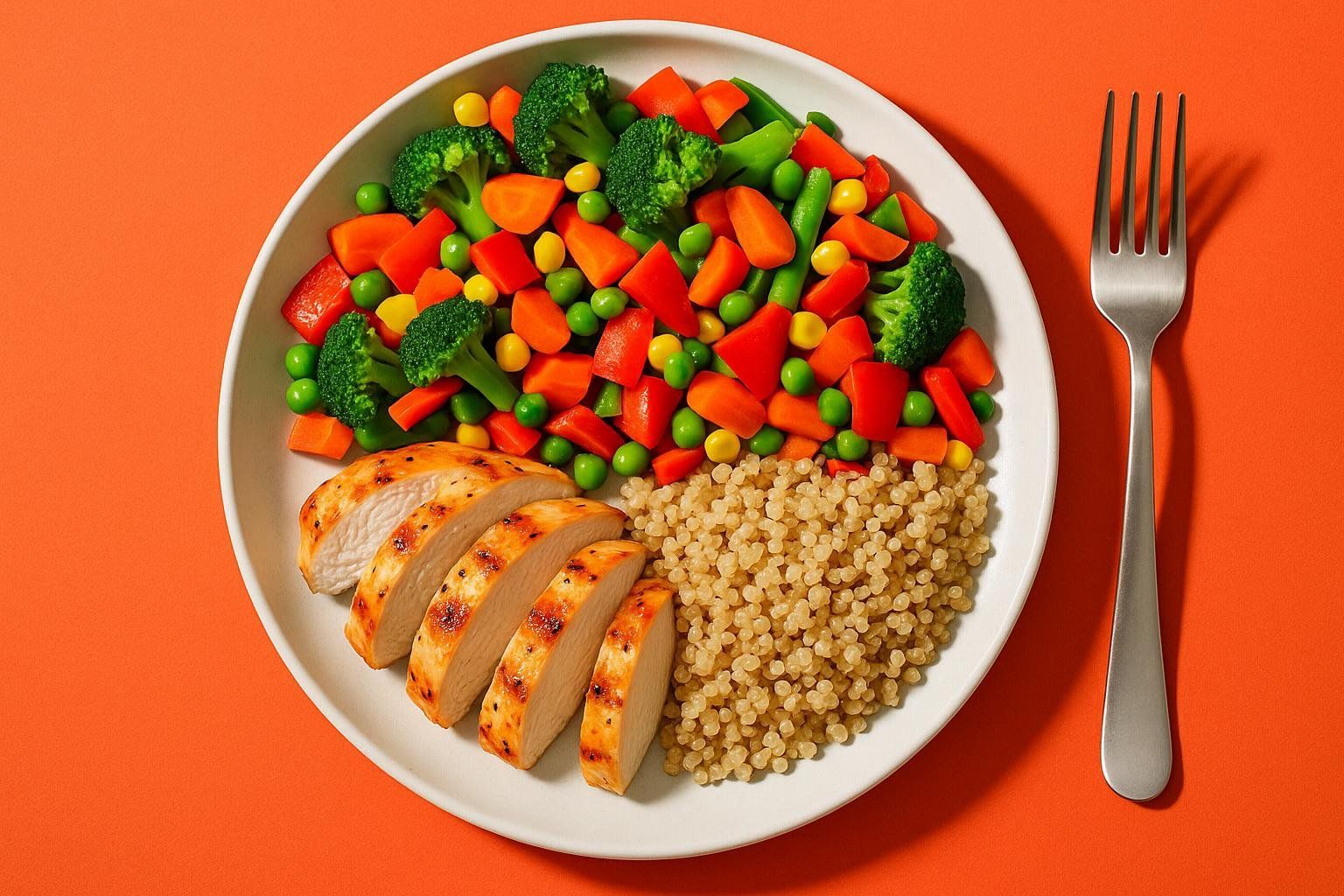4-Week Fast-Track Fitness Plan: Get in Shape Fast

4-Week Fast-Track Fitness Plan: How to Get in Shape Fast — Backed by Science
If you’re searching for how to get in shape fast, you’ll likely encounter everything from gadgets that promise overnight results to extreme crash diets.
But speed and science can coexist. Research shows measurable improvements in aerobic fitness (VO2 max) in as little as 2–4 weeks when high-intensity interval training (HIIT) is used (New Scientist).
Strength gains follow a similar curve, driven first by neural adaptation before muscle fibers start thickening (ACSM guidelines).
Quick-Start Checklist
- Book a baseline DEXA scan to capture your current body fat, lean mass, and visceral fat.
- Block out 30–45 minutes, five days per week for the next 4 weeks. Consistency beats marathon sessions.
- Set a single performance goal (e.g., complete 20 perfect push-ups or front-squat your body weight).
- Build your support system: recruit an accountability partner and join an online fitness community. Sharing progress can significantly enhance commitment and results.

Why community matters: In a six-month follow-up study of older adults, participants who exercised with their spouse had 3.7 × higher odds of sticking to their walking routine than those who exercised alone (Osuka et al., 2017, BMC Geriatrics).
The Science of Rapid Adaptation
Aerobic Capacity (VO2 max)

• HIIT three times per week for 3 weeks can boost VO2 max by 4–8 % (New Scientist).
Strength & Muscle

• New lifters can raise 1-rep-max strength 20–30 % in the first month, largely via neural efficiency (ACSM).
Body Composition
• Combined HIIT plus resistance programs can drop fat mass by ≈ 1 kg and add ≈ 0.5 kg lean mass in as little as 4–8 weeks (PubMed).
Pro tip: Repeat your DEXA scan at the end of week 4 to objectively verify fat-to-lean changes—especially visceral-fat reduction.
4-Week Fast-Track Plan
Each week combines three pillars: HIIT, strength, and active recovery. These pillars, combined with the nutrition guidance detailed below, equip your body with the essential resources for adaptation and recovery. Depending on whether you add the optional Saturday cardio, weekly training time ranges from about 3.2 to 4 hours.

| Day | Mon | Tue | Wed | Thu | Fri | Sat | Sun |
|---|---|---|---|---|---|---|---|
| Focus | Full-body Strength | HIIT Cardio | Mobility + Core | Full-body Strength | HIIT Cardio | Optional Zone 2 Cardio | Rest & Stretch |
| Minutes | 45 | 25 | 30 | 45 | 25 | 45 | 20 |
Week 0: Baseline & Prep

• DEXA scan + resting heart-rate measurement.
• Learn movement patterns: squat, hinge, push, pull, carry (see Strength Training for Beginners for form tips).
• Create a shared Google Sheet with your accountability partner to log every workout.
Week 1: Ignite

• Strength – 3 × 8 circuit (goblet squat, push-up, bent-over row, dead bug, farmer carry).
• HIIT – 10 × 30 s sprint / 60 s walk.
• Recovery – 10 min foam roll; nightly ≥ 7 h sleep.
Week 2: Build
• Progress strength to 4 × 6 with heavier load (aim RPE 8).
• HIIT intervals: 30 s sprint / 45 s walk.
• Add Saturday Zone 2 ride at ≈ 65 % max HR.
• Post your weekly achievements in your community group for feedback.
Week 3: Intensify
• Swap goblet squat for barbell front squat; add (assisted) pull-ups.
• HIIT becomes 15 × 20 s sprint / 40 s walk.
• Introduce contrast showers to accelerate recovery.
Week 4: Peak & Re-test
• Strength session: attempt new 5-rep max on barbell front squat and record max-rep push-ups in one set.
• HIIT benchmark – repeat Week 1 workout to quantify improvement.
• Sunday – DEXA scan + 1-mile time trial.
• Celebrate progress with your support network and plan next-phase goals.
Nutrition: The 24-Hour Multiplier
While training occupies only a few hours each week, nutritional choices influence your progress continuously. Think of calories and macros as instructions that tell your body what to build or burn.
- Prioritize protein (1.6–2.2 g/kg body weight). Preserves lean tissue during fat loss.
- Create a ~15 % calorie deficit. Enough to shed fat without draining energy. Use our Resting Calorie Burn Calculator to set targets.
- Time carbs around workouts. Consume 30–40 g of fast-digesting carbohydrates within 90 min pre- and post-training to reload glycogen and support performance.
- Hydrate adequately. Dehydration of just 2 % body weight can impair endurance performance (Human Kinetics). Aim 0.5–0.7 oz per lb body weight daily.
- Limit alcohol and ultra-processed snacks. Excess calories and poor sleep hamper recovery.

🥗 Rule of thumb: Your plate should be half colorful vegetables, one-quarter lean protein, one-quarter quality carbohydrates, plus a thumb-sized portion of healthy fats.

Need meal ideas? See Meal Prepping: Strategies for Success for 30-minute, macro-friendly recipes.
Lifestyle Levers That Turbo-Charge Progress
Sleep

Seven to nine hours is non-negotiable—growth hormone and muscle protein synthesis peak during deep sleep.
Stress Management
Chronic cortisol blunts fat loss. Box-breathing and similar breath-work practices reduce cortisol, according to a meta-analysis in Nature Scientific Reports (Nature). Try a 5-minute session after work.

Mobility & Active Recovery
Dedicate Wednesday to yoga flows or read The Importance of Rest Days and Active Recovery. Flexible muscles perform better—and hurt less.
Community & Accountability Strategies
• Schedule a weekly “sweat date” with a friend—putting it on your calendar makes it real.
• Share screenshots of your wearable stats in a group chat for encouragement and mutual support.
• Join free online forums or local run clubs for form checks and Q&As.
Tracking & Accountability Toolkit
| Tool | Purpose | Where to Get It |
|---|---|---|
| BodySpec DEXA scan | Baseline and week-4 body composition | DEXA Body Scan Guide |
| Wearable or HRV app | Monitor recovery readiness | See Using Fitness Trackers Effectively |
| Habit journal or shared Google Sheet | Log daily workouts and meals with your accountability partner | Any notebook or cloud doc |
FAQ: Your Top “Get in Shape Fast” Questions, Answered
How much weight can I safely lose in 4 weeks?
Aim for 1–2 lb per week (≈ 0.5–1 kg). Larger drops often include water weight.
I’m brand-new to exercise. Is this plan too intense?
Scale as needed: swap sprints for brisk incline walks and use resistance bands instead of barbells.
Do I need supplements?
Whole foods first. A basic whey protein and vitamin D are optional but helpful if dietary intake is low.
Why DEXA vs bathroom scales?
Smart scales estimate fat via impedance that fluctuates with hydration. DEXA provides a very low error rate—typically within 1–2 %—and reports visceral fat specifically.
Next Steps: Turn 4 Weeks Into a Lifestyle
Early wins feel great, but sustainable habits maintain momentum. Continue with Get in Shape: An 8-Week Habit-First Plan or try a 30-Day Fitness Challenge.
Ready to start? Book your baseline DEXA scan today —and encourage your accountability partner to do the same to establish a shared commitment.


